Pūrongo Pūrongo hiko
How to distinguish between a generator with a built-in regulator and one with an external regulator?
Whakairi i runga e Taraka hiko
In the realm of automobile generators, there exists a diverse range of types, each with its own unique characteristics. These include generators with internal regulation and those with external regulation. Tāpiritanga, there are distinctions between DC generators and AC generators, between internal grounding and external grounding, as well as between brushed and brushless generators.
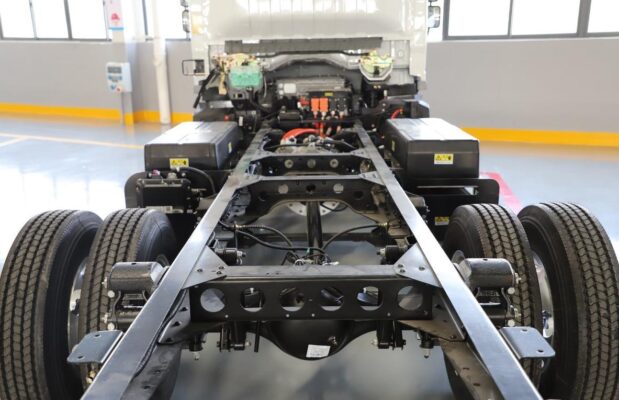
Those generators with a built-in regulator are referred to as having internal regulation, while those with an external regulator are called externally regulated. The fundamental difference between the two lies solely in the position of the regulator. Despite having the same working principle, their wiring methods exhibit slight variations. These two types are relatively easy to distinguish. Firstly, they will appear different in terms of appearance. Let’s start by looking at an externally regulated generator:
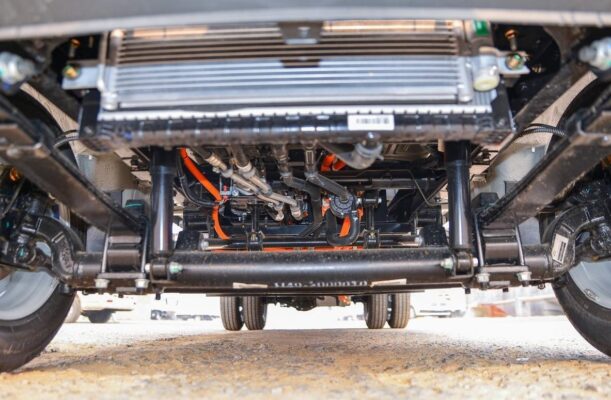
Whether observed on the side or at the bottom of an externally regulated generator, there is no sign of the regulator. Anō hoki atu, the terminal markings are distinct. Hei tauira, there are typically four terminals: F, +, -, and N. As shown in the following description and illustration.
The – terminal represents the negative output of the generator. For an internally grounded engine, this terminal is connected to the ground. The + terminal is the positive output of the generator. Through the rear window of the generator, one can observe six or more rectifier diodes inside. The F terminal is one of the key elements for distinguishing between internal and external regulation. The F terminal is connected to the excitation coil. An externally regulated generator will not have this terminal exposed on the outside. The N terminal is the neutral point. This kind of generator is more commonly found on agricultural vehicles and engineering stationary engines. When in use, it needs to be used in conjunction with a voltage regulator.
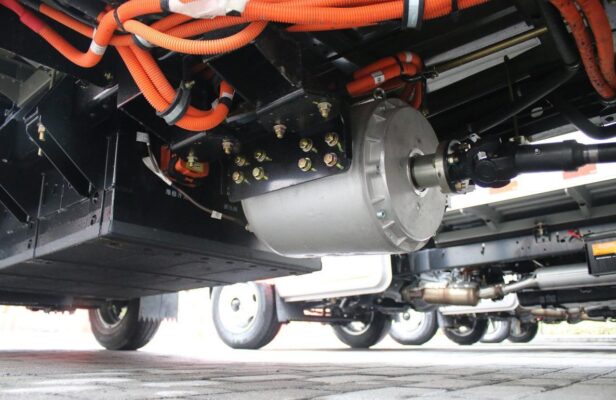
The regulator in an externally regulated generator is internally grounded, and the casing serves as the negative electrode. Therefore, only one power cord is required for use, and it is connected to the + terminal. The F terminal is the output of the excitation voltage. The regulator adjusts the excitation voltage according to the battery voltage to achieve the purpose of adjusting the output voltage of the generator. The following figure presents the working principle diagram of an externally regulated generator:
The neutral point N terminal here requires further explanation. The output voltage of this terminal is half of the generator output voltage. When the generator is operating normally, the neutral point outputs half of the rated voltage. As a result, it can be utilized to control various circuits to fulfill different functions. Hei tauira, it can control the starting relay to realize the automatic power-off function of the starter after the vehicle starts. When connected to the charging indicator relay, it can achieve the charging indication function. When connected to the hour meter, it can realize the timing function for construction machinery.
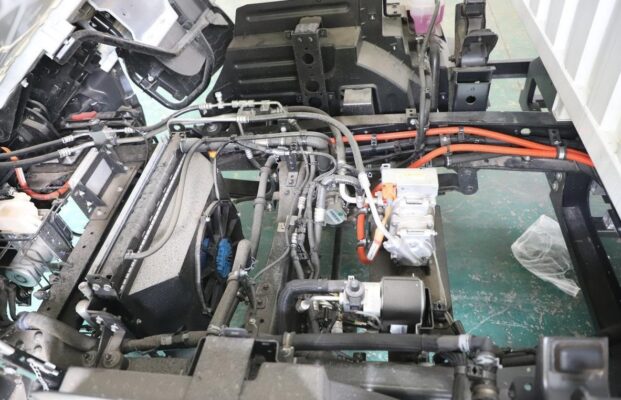
Now let’s turn our attention to the appearance of a generator with a built-in regulator. It is also relatively easy to distinguish, as the regulator can be directly seen. The working principle of a generator with a built-in regulator is the same as that of an externally regulated generator. Hoianō, the power supply method of the regulator has changed. The power supply of the regulator is directly connected to the positive output of the generator. The D+ terminal is connected to the charging indicator light, and the W terminal is connected to the tachometer.
To better understand the differences between these two types of generators, let’s delve deeper into their characteristics. An externally regulated generator often has a more traditional appearance, with a relatively clean and uncluttered design on the exterior as the regulator is not visible. The terminal markings are clearly defined, providing specific functions for different connections. The F terminal, which is not exposed on the outside, plays a crucial role in distinguishing it from a generator with a built-in regulator. This terminal’s connection to the excitation coil is an important aspect of the generator’s operation.
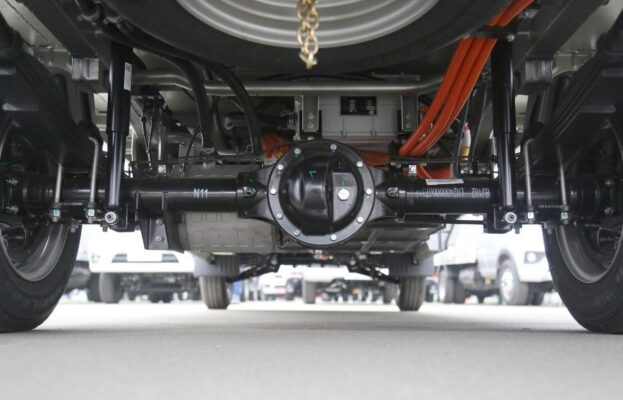
Hei tauira, imagine a technician working on an agricultural vehicle with an externally regulated generator. When troubleshooting, they need to pay close attention to the connections of the various terminals. The – terminal being connected to the ground and the + terminal being the positive output are essential points to consider. The F terminal, although not visible on the outside, can have an impact on the generator’s performance if there are issues with the excitation coil.
On the other hand, a generator with a built-in regulator has a more distinct appearance due to the visible regulator. This makes it easier to identify at a glance. The regulator’s presence also affects the wiring and connections. The power supply method of the regulator being directly connected to the positive output of the generator provides a different configuration compared to the externally regulated generator.

Hei tauira, in a vehicle with a generator with a built-in regulator, a mechanic might find it more convenient to diagnose issues as the regulator is easily accessible. The D+ terminal connected to the charging indicator light and the W terminal connected to the tachometer provide additional functionality and diagnostic points.
Hei mutunga, understanding the differences between a generator with a built-in regulator and one with an external regulator is essential for automotive technicians and enthusiasts. By paying attention to the appearance, terminal markings, and working principles of these generators, one can better diagnose and maintain the electrical systems of vehicles. Whether it’s an externally regulated generator with its more traditional design and specific terminal functions or a generator with a built-in regulator with its visible regulator and different power supply configuration, knowing how to distinguish between the two can help ensure the proper functioning of the vehicle’s electrical system.
